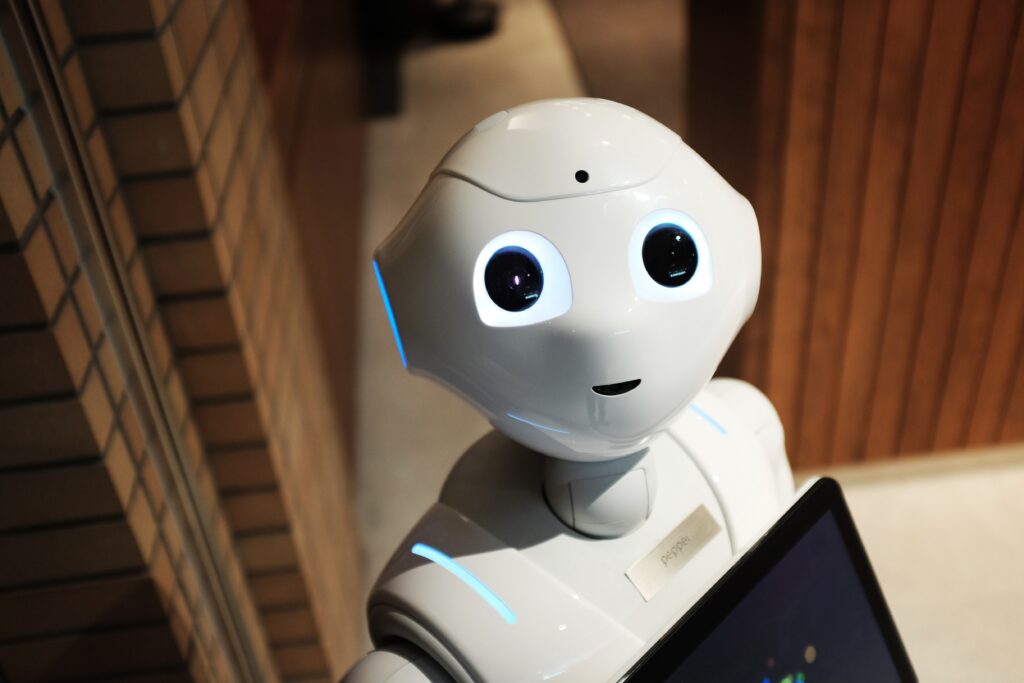“ours are the best made so far,” declares the CEO, buoyed by the company’s gigantic progress in recent months of development. The race to make the first humanoid automatons touches a new apex.
A recurring theme for centuries, present in numerous cinematic works and an endearing, if disturbing, future prospect for any fan of progress and technology: humanoid robots may not be such a distant, sci-fi reality.
Let’s start with Tesla’s Optimus prototype, which has raised numerous eyebrows since its unveiling. Amazing elements that are jaw-dropping, but what autonomy are they capable of? The feeling is that this technology still has a long way to go, but what, then, is lacking in humanoid robots?
First of all, paradoxically, the first obstacle is precisely the “humanoid” element, i.e., of human semblance, based on the human body, which, we know, is not exactly a perfect model, despite being able to perform very complex tasks. Why then do we insist on making them in our image? Because, quite simply, everything we make is human-sized: houses, cities, tools and vehicles.
In this landscape, Figure, a startup that has, only a few months ago, manifested its existence to the world with an initial investment of $100 million and the first prototypes of humanoid robots, thus emerges. The company is the brainchild of Brett Adcock, proponent of the first investment, and is working hard to create a multipurpose bipedal automaton. Adcock’s was born with all the makings of an “all-star” soon to be declared, considering the outstanding staff: 40 professionals from the likes of Tesla, Boston Dynamics, Apple and Alphabet X.
Figure shows determination to succeed where others have failed, aiming to achieve clear results within a reasonable timeframe to quickly commercialize humanoid robots that, until recently, were only the subject of research and fantasy. The startup’s milestones are extraordinary: in September 2022, the company’s incorporation was announced to the press, and as early as December 2022, the completion of the alpha build of the first humanoid robot prototype was announced, with the associated start of experimental testing.
To look at it, Figure 01 looks a lot like Teslabots, but Adcock clearly points out, “our robots are the most advanced electromechanical humanoid automatons ever created.” The system is currently capable of performing a wide range of manual tasks; Figure’s ultimate goal is, of course, the “universal” use of these humanoid robots, depriving them of the current limitations that lead them to be able to perform only a few specific tasks.
There is still a long way to go, to be sure, but Figure seems to have a clear idea: is this really the future of robotics?
Photo : Pexels
Author: Alessandro Volpe
